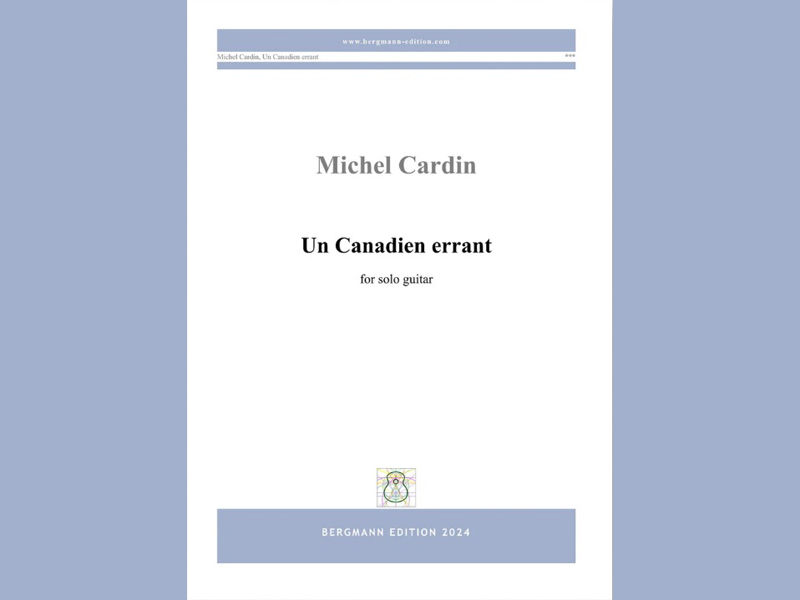Mel Bay : - Classic Guitar Method Volumes 1 – 3
- chrisdumigan
- Apr 26, 2022
- 3 min read

Mel Bay Publications: All Volumes 48 pages each
In today’s climate, the tutor books of Mel Bay, published by his own company might seem a little dated, and I expect that they are, but the amount of learning that each of the volumes includes, whether it be the actual guitar technique itself, or indeed the theory of keys, scales, and the suchlike, is extremely useful and as important now as it ever was.
When I was learning to play the guitar (from the age of 11) I was first introduced to this man’s plectrum series of tutors, and then later on I started on these very books, and so I thought that they are worthy of a re - visitation. I mentioned the plectrum tutor books only because they are set out very much the same in the way they introduce new material, for example playing gradually in all the keys , whether flat or sharp ones, and in all the positions too, and explaining many things along the way that tutor books often don’t even begin to get into.
So, Volume 1 begins with several pages of how you read music, how to hold the guitar etc., and then introduces the pupil to one string at a time, usually three notes in the first position, until by the end of that sequence you have 18 notes under your belt. You are of course in C Major at this point, but then its relative minor A Minor is then brought in, with Natural, Harmonic and Melodic scales all introduced. Chords of 3 notes only enter about halfway through the book, as do numerous theoretical musical items. The pieces themselves are often written by Mel Bay, but later on well – known pieces of music (usually arrangements) occur, that are quite carefully included to improve your technique, but also to gradually introduce you to pieces of music you might have come across before. Later on G Major and E Minor are brought in, and then one proceeds to book 2.
Volume 2 introduces D Major, B Minor, F Major, D Minor, A Major, F# Minor, and E Major as are pieces by Bach, Sor, Carulli, Mozart, Carcassi, and Rubenstein to name but a few. Again the accent is on gradual technical improvements, with smaller note vales and more complex rhythms also.
Volume 3 explores the more complex keys of Eb Major, Ab Major, Db Major, Gb Major, and F# Major and all their relative minors too, slightly rarer keys , let’s be said, but nevertheless , ones which a classical guitarist could come across, and so the writer makes sure that the pupil is competent in them, and so you get, for example the famous Brahms Waltz in Ab in its original key . together with the Chopin Prelude No20 Op 28 , this being the chordal Largo, in its key of C# Minor, and the book finishing on The Flower Song of Lange’s, a piece which everyone knows , if not by its proper title.
So in summation, this complete method, spread over three volumes is thorough, both in its method of getting the player to improve right up the fingerboard, through a wide variety of keys and techniques, but also in its interesting use of pleasant pieces along the way, together with many studies, and chord building exercises that, again, a number of tutor books simply ignore. Here the player gets to know the names of the chords, how to build them up from scratch, and how to use them, and having taught guitar for many decades I am still astonished when classical players sometimes can read a chord on a piece of music, say a D minor 6 for example, but don’t have a clue what it’s called or what a Dm6 is actually made up of. This Mel Bay series does put that right, from the very beginning. Yes, the set does show its age a little in places, but I still think that it is every bit as good as many others, and in some cases are far better than them. Give the set a chance and you’ll see what I mean.
Chris Dumigan




Comments